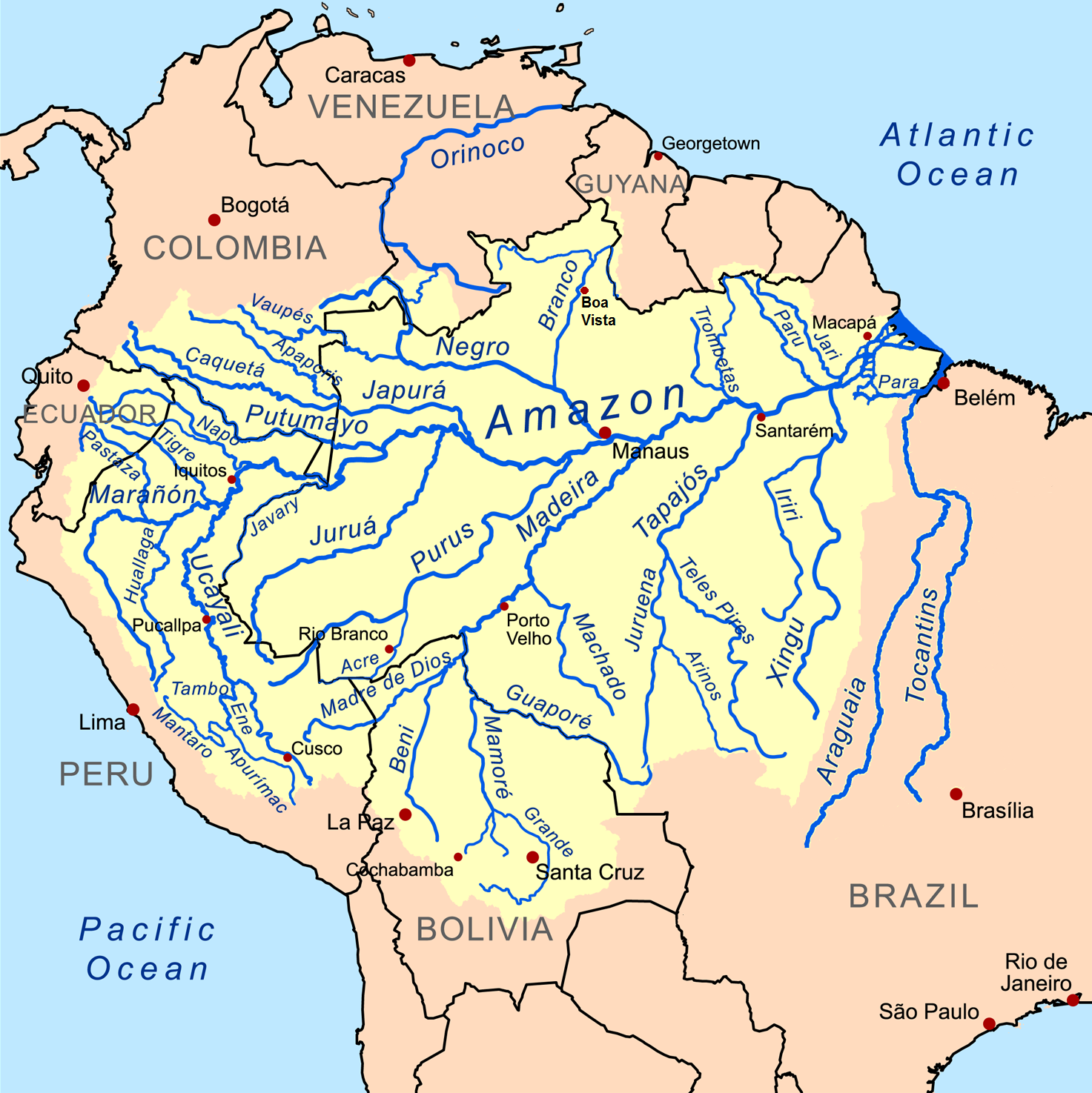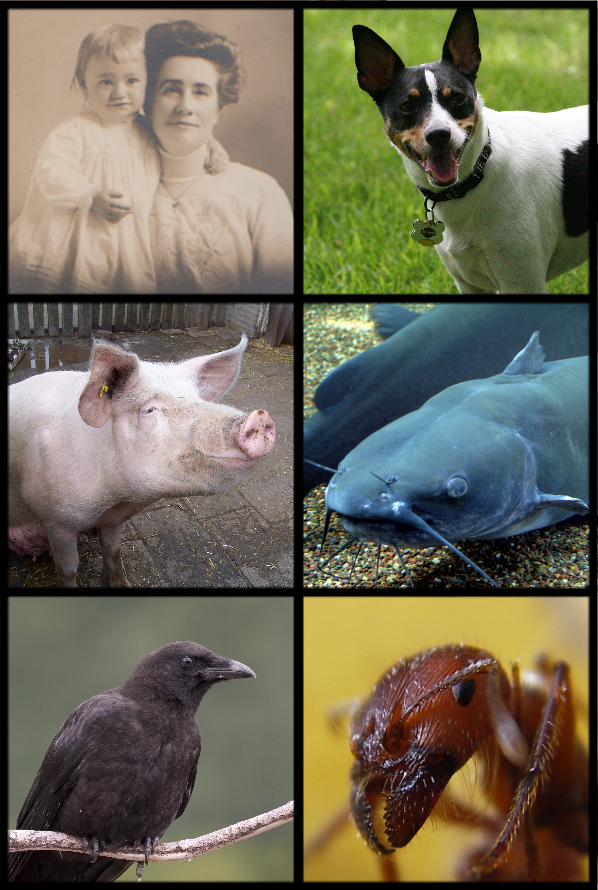|
Acanthicus Adonis
''Acanthicus adonis'', the adonis pleco or polka dot lyre-tail pleco, is a large species of armored catfish.PlanetCatfish: Acanthicus adonis.' Retrieved 17 May 2013 It was originally described from the lower Tocantins River in Brazil, but individuals resembling the species have also been recorded from Amazonian Peru.Chamon, C.C. (2016): Redescription of Acanthicus hystrix'' Agassiz, 1829 (Siluriformes: Loricariidae), with comments on the systematics and distribution of the genus. Zootaxa, 4088 (3): 395–408. The species is occasionally seen in the aquarium trade, but its massive adult size and territorially aggressive behavior means that a very large tank is required. These fish are opportunistic omnivore An omnivore () is an animal that has the ability to eat and survive on both plant and animal matter. Obtaining energy and nutrients from plant and animal matter, omnivores digest carbohydrates, protein, fat, and fiber, and metabolize the nutr ...s. Appearance ''Acanthic ... [...More Info...] [...Related Items...] OR: [Wikipedia] [Google] [Baidu] |
Han Nijssen
Han Nijssen (1935– 2013)H. Nijssen, 1935 - at the UvA Album academicum was a Dutch . Nijssen was born in Amsterdam and obtained his PhD at the University of Amsterdam in May 1970 with the dissertation ''Revision of the Surinam catfishes of the genus Corydoras''. Later he was a curator at Zoölogisch Museum in [...More Info...] [...Related Items...] OR: [Wikipedia] [Google] [Baidu] |
Loricariidae
The Loricariidae is the largest family of catfish (order Siluriformes), with 92 genera and just over 680 species. Loricariids originate from freshwater habitats of Costa Rica, Panama, and tropical and subtropical South America. These fish are noted for the bony plates covering their bodies and their suckermouths. Several genera are sold as " plecos", notably the suckermouth catfish, '' Hypostomus plecostomus'', and are popular as aquarium fish. Common names Members of the family Loricariidae are commonly referred to as loricariids, suckermouth armoured catfishes, or armoured catfish. The name " plecostomus", and its shortened forms "pleco" and "plec", are used for many Loricariidae, since ''Plecostomus plecostomus'' (now called '' Hypostomus plecostomus'') was one of the first loricariid species imported for the fish-keeping hobby. Some loricariids are not normally considered "plecostomus", such as '' Farlowella'' catfish. In their native range, these fish are known as '' ... [...More Info...] [...Related Items...] OR: [Wikipedia] [Google] [Baidu] |
Tocantins River
The Tocantins River ( pt, Rio Tocantins, link=no , , Parkatêjê: ''Pyti'' ɨˈti is a river in Brazil, the central fluvial artery of the country. In the Tupi language, its name means "toucan's beak" (''Tukã'' for "toucan" and ''Ti'' for "beak"). It runs from south to north for about 2,450 km. It is not really a branch of the Amazon River, since its waters flow into the Atlantic Ocean alongside those of the Amazon. It flows through four Brazilian states (Goiás, Tocantins, Maranhão and Pará) and gives its name to one of Brazil's newest states, formed in 1988 from what was until then the northern portion of Goiás. The Tocantins is one of the largest clearwater rivers in South America. Course It rises in the mountainous district known as the Pireneus, west of the Federal District, but its western tributary, the Araguaia River, has its extreme southern headwaters on the slopes of the Serra dos Caiapós. The Araguaia flows 1,670 km before its confluence with the To ... [...More Info...] [...Related Items...] OR: [Wikipedia] [Google] [Baidu] |
Amazon Basin
The Amazon basin is the part of South America drained by the Amazon River and its tributaries. The Amazon drainage basin covers an area of about , or about 35.5 percent of the South American continent. It is located in the countries of Bolivia, Brazil, Colombia, Ecuador, Guyana, Peru, Suriname, and Venezuela. Most of the basin is covered by the Amazon rainforest, also known as Amazonia. With a area of dense tropical forest, this is the largest rainforest in the world. Geography The Amazon River begins in the Andes Mountains at the west of the basin with its main tributary the Marañón River and Apurimac River in Peru. The highest point in the watershed of the Amazon is the second biggest peak of Yerupajá at . With a length of about before it drains into the Atlantic Ocean, it is one of the two longest rivers in the world. A team of scientists has claimed that the Amazon is longer than the Nile, but debate about its exact length continues. The Amazon sys ... [...More Info...] [...Related Items...] OR: [Wikipedia] [Google] [Baidu] |
Territory (animal)
In ethology, territory is the sociographical area that an animal consistently defends against conspecific competition (or, occasionally, against animals of other species) using agonistic behaviors or (less commonly) real physical aggression. Animals that actively defend territories in this way are referred to as being territorial or displaying territorialism. Territoriality is only shown by a minority of species. More commonly, an individual or a group of animals occupies an area that it habitually uses but does not necessarily defend; this is called its home range. The home ranges of different groups of animals often overlap, and in these overlap areas the groups tend to avoid each other rather than seeking to confront and expel each other. Within the home range there may be a ''core area'' that no other individual group uses, but, again, this is as a result of avoidance. Function The ultimate function of animals inhabiting and defending a territory is to increase the in ... [...More Info...] [...Related Items...] OR: [Wikipedia] [Google] [Baidu] |
Omnivore
An omnivore () is an animal that has the ability to eat and survive on both plant and animal matter. Obtaining energy and nutrients from plant and animal matter, omnivores digest carbohydrates, protein, fat, and fiber, and metabolize the nutrients and energy of the sources absorbed. Often, they have the ability to incorporate food sources such as algae, fungi, and bacteria into their diet. Omnivores come from diverse backgrounds that often independently evolved sophisticated consumption capabilities. For instance, dogs evolved from primarily carnivorous organisms ( Carnivora) while pigs evolved from primarily herbivorous organisms ( Artiodactyla). Despite this, physical characteristics such as tooth morphology may be reliable indicators of diet in mammals, with such morphological adaptation having been observed in bears. The variety of different animals that are classified as omnivores can be placed into further sub-categories depending on their feeding behaviors. Frugivo ... [...More Info...] [...Related Items...] OR: [Wikipedia] [Google] [Baidu] |
Acanthicus Hystrix
''Acanthicus hystrix'', the lyre-tail pleco, is a species of armored catfish native to the Amazon, Tocantins Tocantins () is one of the 26 states of Brazil. It is the newest state, formed in 1988 and encompassing what had formerly been the northern two-fifths of the state of Goiás. Tocantins covers and had an estimated population of 1,496,880 in 20 ...– Araguaia and Orinoco basins.Chamon, C.C. (2016): Redescription of ''Acanthicus hystrix'' Agassiz, 1829 (Siluriformes: Loricariidae), with comments on the systematics and distribution of the genus. ''Zootaxa, 4088 (3): 395–408.'' It is typically found at various depths on a rock or rock–gravel bottom in the main channel of rivers in places with moderate to strong current, although it also occurs in slow currents. The species is occasionally seen in the aquarium trade, but its adult size and Territory (animal), territorially aggressive behavior means that a very large tank is required. Appearance It grows to in standa ... [...More Info...] [...Related Items...] OR: [Wikipedia] [Google] [Baidu] |
Ancistrini
Ancistrini is a tribe of catfishes of the family Loricariidae. Most are restricted to tropical and subtropical South America, but there are also several genus (''Ancistrus'', ''Chaetostoma'', '' Hemiancistrus'' and '' Lasiancistrus'') in southern Central America. Taxonomy Ancistrini have previously been considered a loricariid subfamily. However, the subfamily Hypostominae would be paraphyletic if Ancistrinae continued to be recognized. To continue recognizing the monophyly of this group while returning it to Hypostominae, Hypostominae was broken into several tribes. Pterygoplichthyini is sister to the tribe Ancistrini, which shares the derived presence of an evertible patch of plates on the cheek. Description Most Ancistrini species (except for some '' Pseudancistrus'' and '' Spectracanthicus'') can be separated from all other loricariids except the Pterygoplichthyini by the presence of evertible cheek plates with hypertrophied odontode Odontodes, or dermal teeth, are hard ... [...More Info...] [...Related Items...] OR: [Wikipedia] [Google] [Baidu] |
Catfish Of South America
Catfish (or catfishes; order Siluriformes or Nematognathi) are a diverse group of ray-finned fish. Named for their prominent barbels, which resemble a cat's whiskers, catfish range in size and behavior from the three largest species alive, the Mekong giant catfish from Southeast Asia, the wels catfish of Eurasia, and the piraíba of South America, to detritivores (species that eat dead material on the bottom), and even to a tiny parasitic species commonly called the candiru, ''Vandellia cirrhosa''. Neither the armour-plated types nor the naked types have scales. Despite their name, not all catfish have prominent barbels or "whiskers". Members of the Siluriformes order are defined by features of the skull and swimbladder. Catfish are of considerable commercial importance; many of the larger species are farmed or fished for food. Many of the smaller species, particularly the genus ''Corydoras'', are important in the aquarium hobby. Many catfish are nocturnal, [...More Info...] [...Related Items...] OR: [Wikipedia] [Google] [Baidu] |
Freshwater Fish Of Brazil
Fresh water or freshwater is any naturally occurring liquid or frozen water containing low concentrations of dissolved salts and other total dissolved solids. Although the term specifically excludes seawater and brackish water, it does include non- salty mineral-rich waters such as chalybeate springs. Fresh water may encompass frozen and meltwater in ice sheets, ice caps, glaciers, snowfields and icebergs, natural precipitations such as rainfall, snowfall, hail/ sleet and graupel, and surface runoffs that form inland bodies of water such as wetlands, ponds, lakes, rivers, streams, as well as groundwater contained in aquifers, subterranean rivers and lakes. Fresh water is the water resource that is of the most and immediate use to humans. Water is critical to the survival of all living organisms. Many organisms can thrive on salt water, but the great majority of higher plants and most insects, amphibians, reptiles, mammals and birds need fresh water to survive. Fresh wate ... [...More Info...] [...Related Items...] OR: [Wikipedia] [Google] [Baidu] |
Fish Of The Amazon Basin
Fish are aquatic, craniate, gill-bearing animals that lack limbs with digits. Included in this definition are the living hagfish, lampreys, and cartilaginous and bony fish as well as various extinct related groups. Approximately 95% of living fish species are ray-finned fish, belonging to the class Actinopterygii, with around 99% of those being teleosts. The earliest organisms that can be classified as fish were soft-bodied chordates that first appeared during the Cambrian period. Although they lacked a true spine, they possessed notochords which allowed them to be more agile than their invertebrate counterparts. Fish would continue to evolve through the Paleozoic era, diversifying into a wide variety of forms. Many fish of the Paleozoic developed external armor that protected them from predators. The first fish with jaws appeared in the Silurian period, after which many (such as sharks) became formidable marine predators rather than just the prey of arthropods. Most fis ... [...More Info...] [...Related Items...] OR: [Wikipedia] [Google] [Baidu] |




